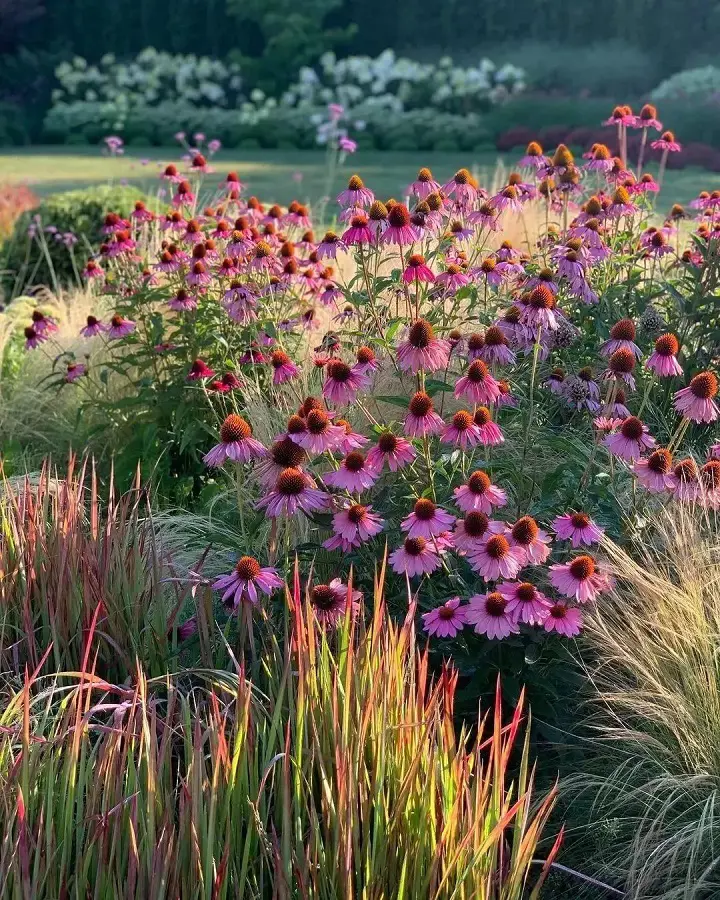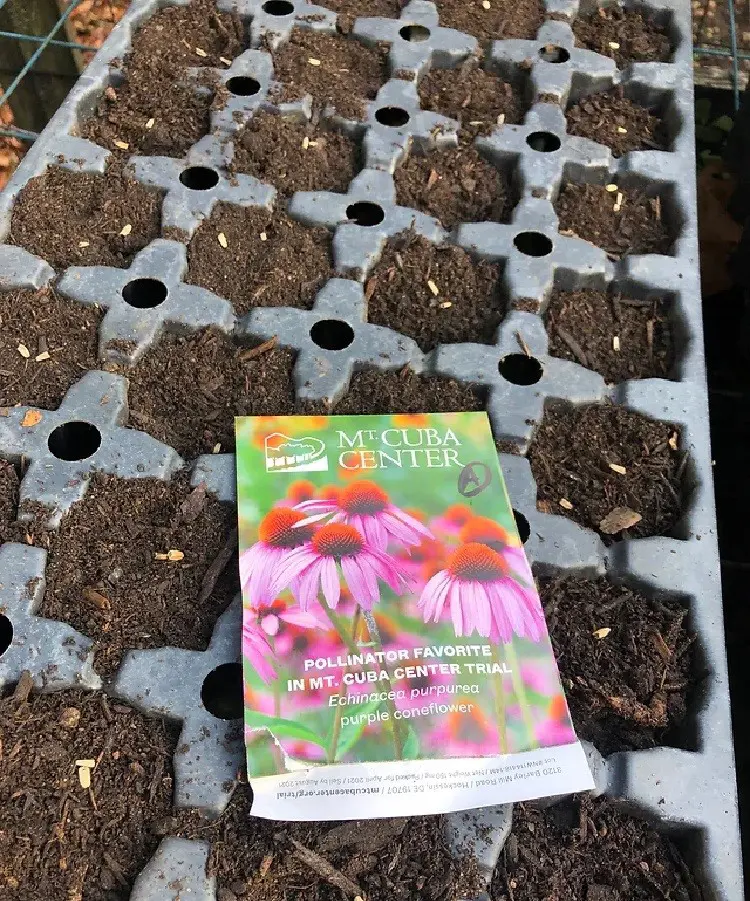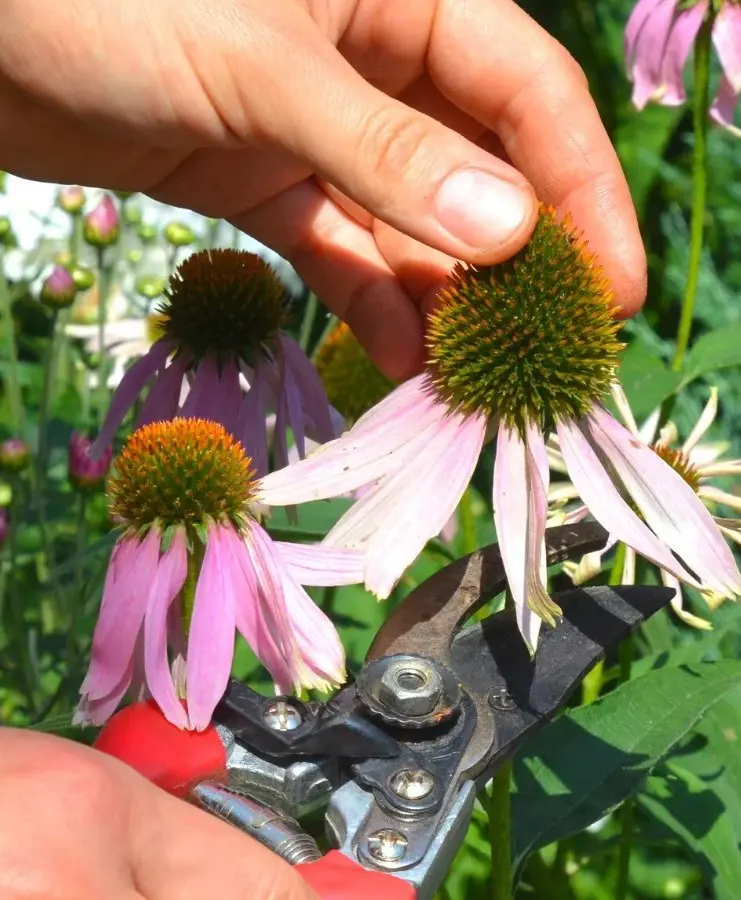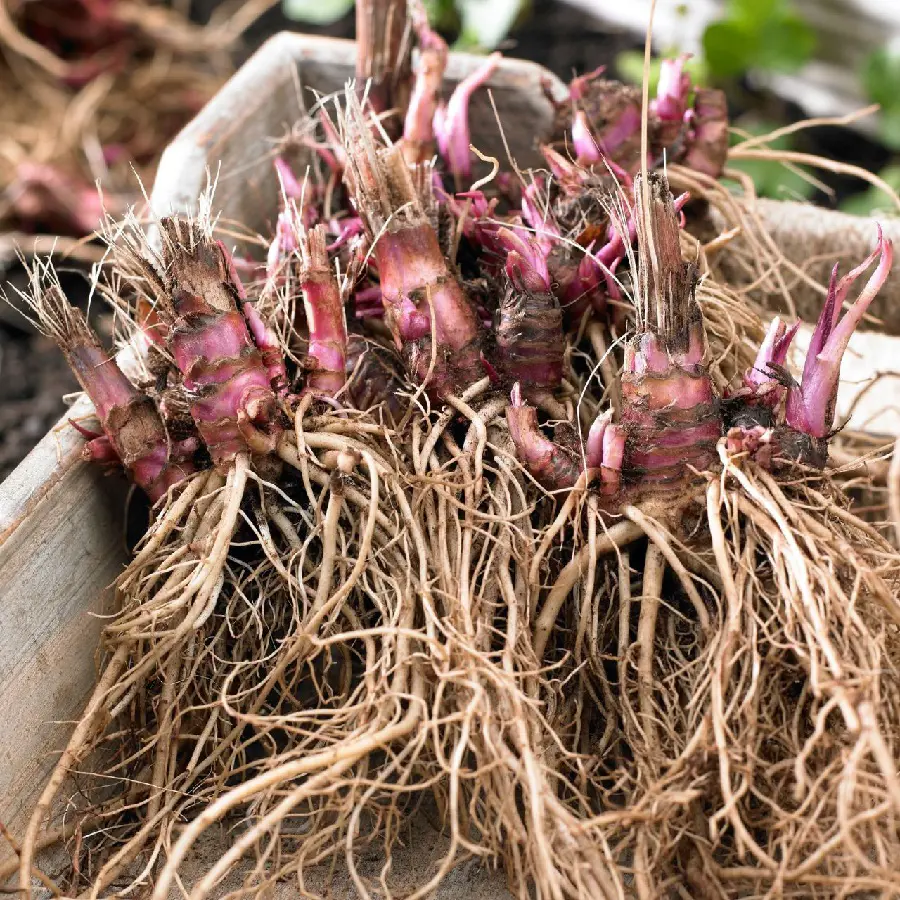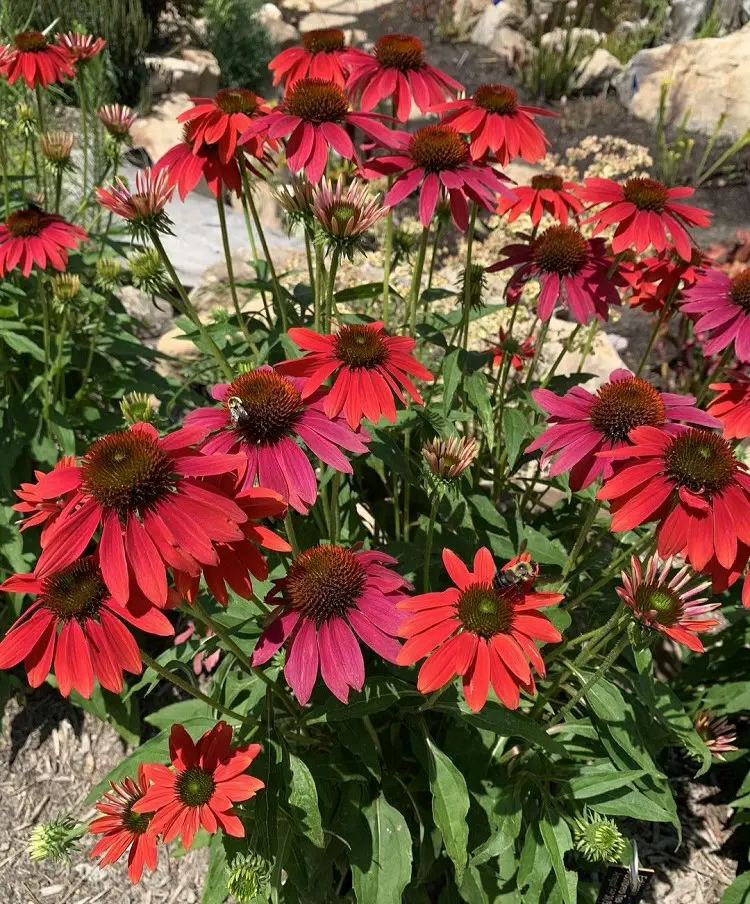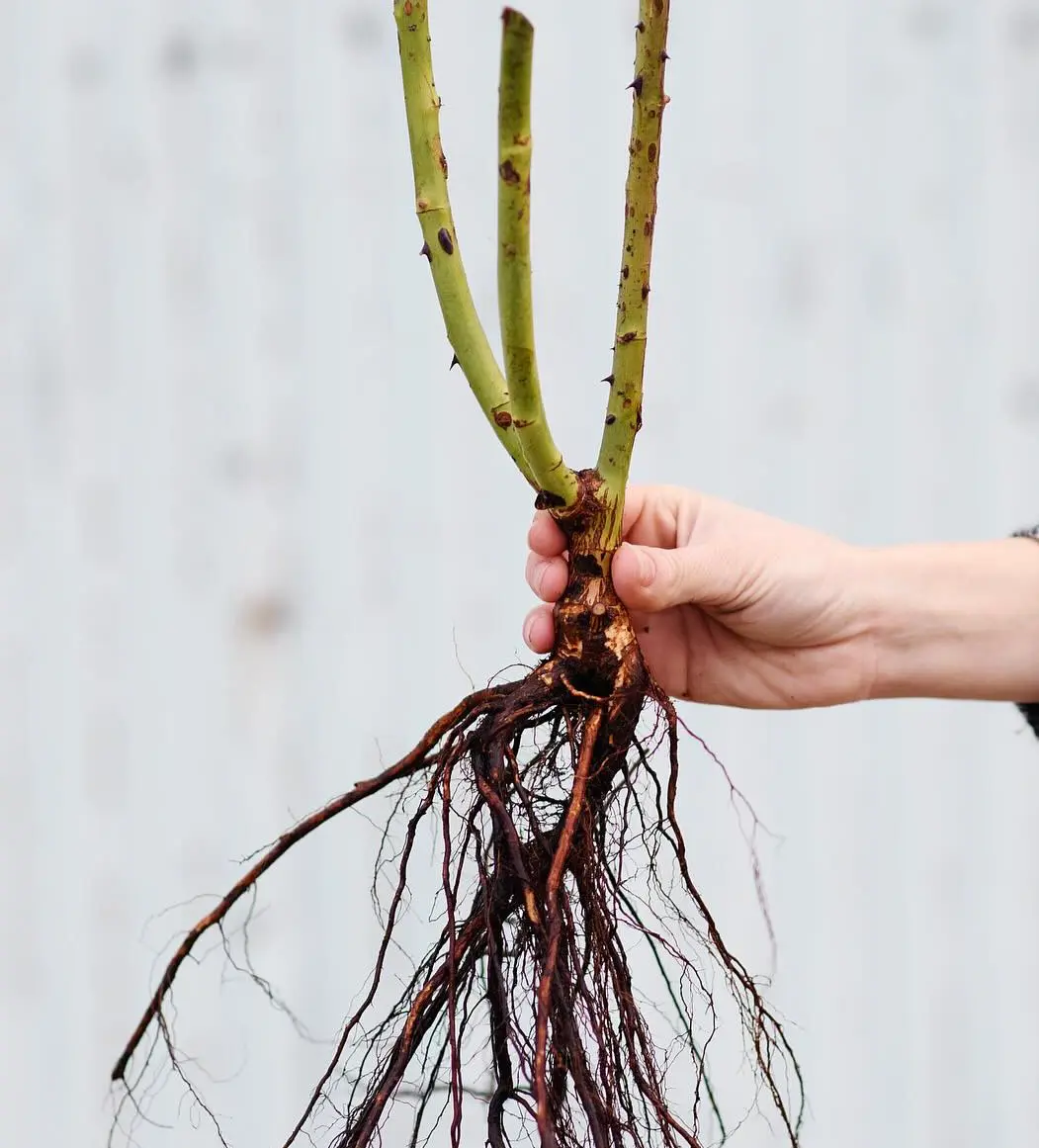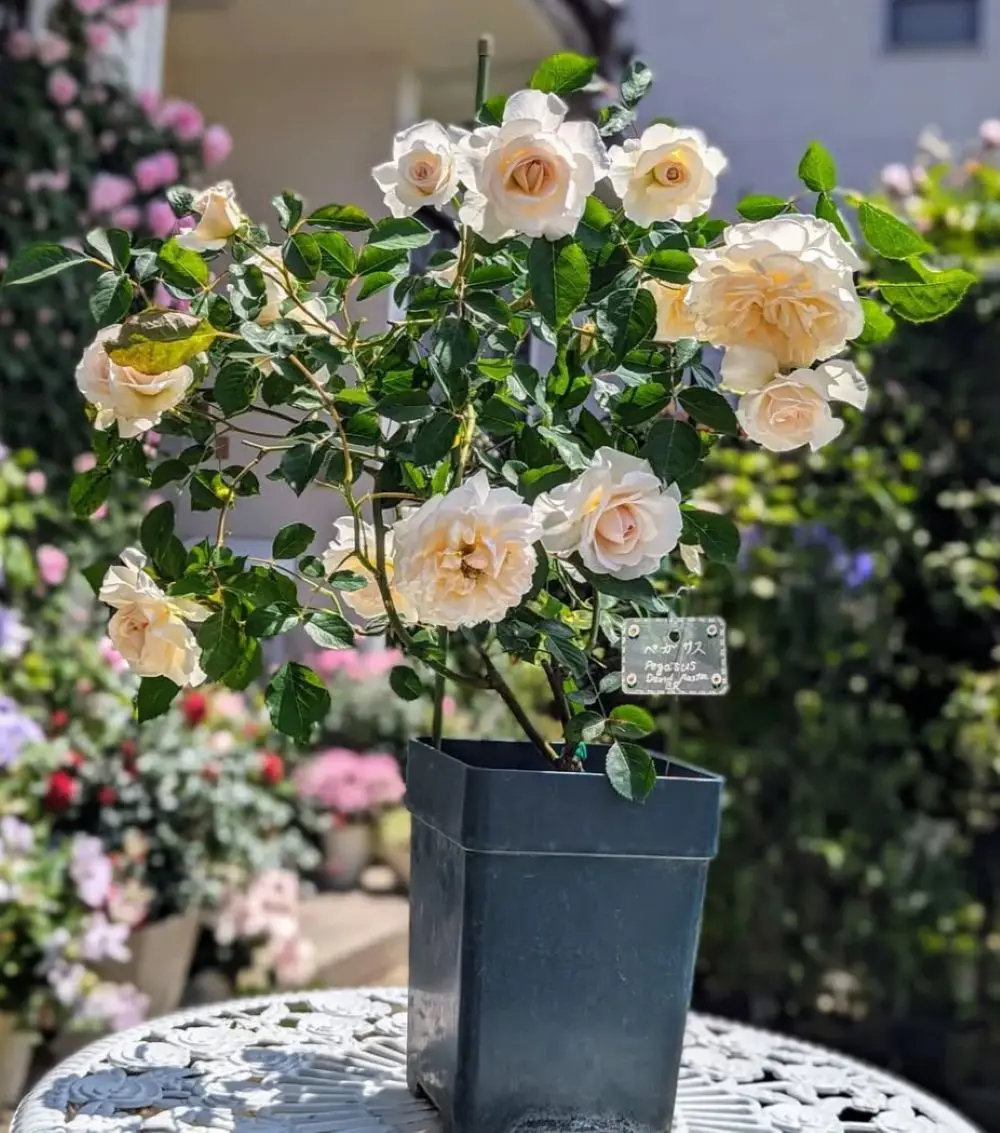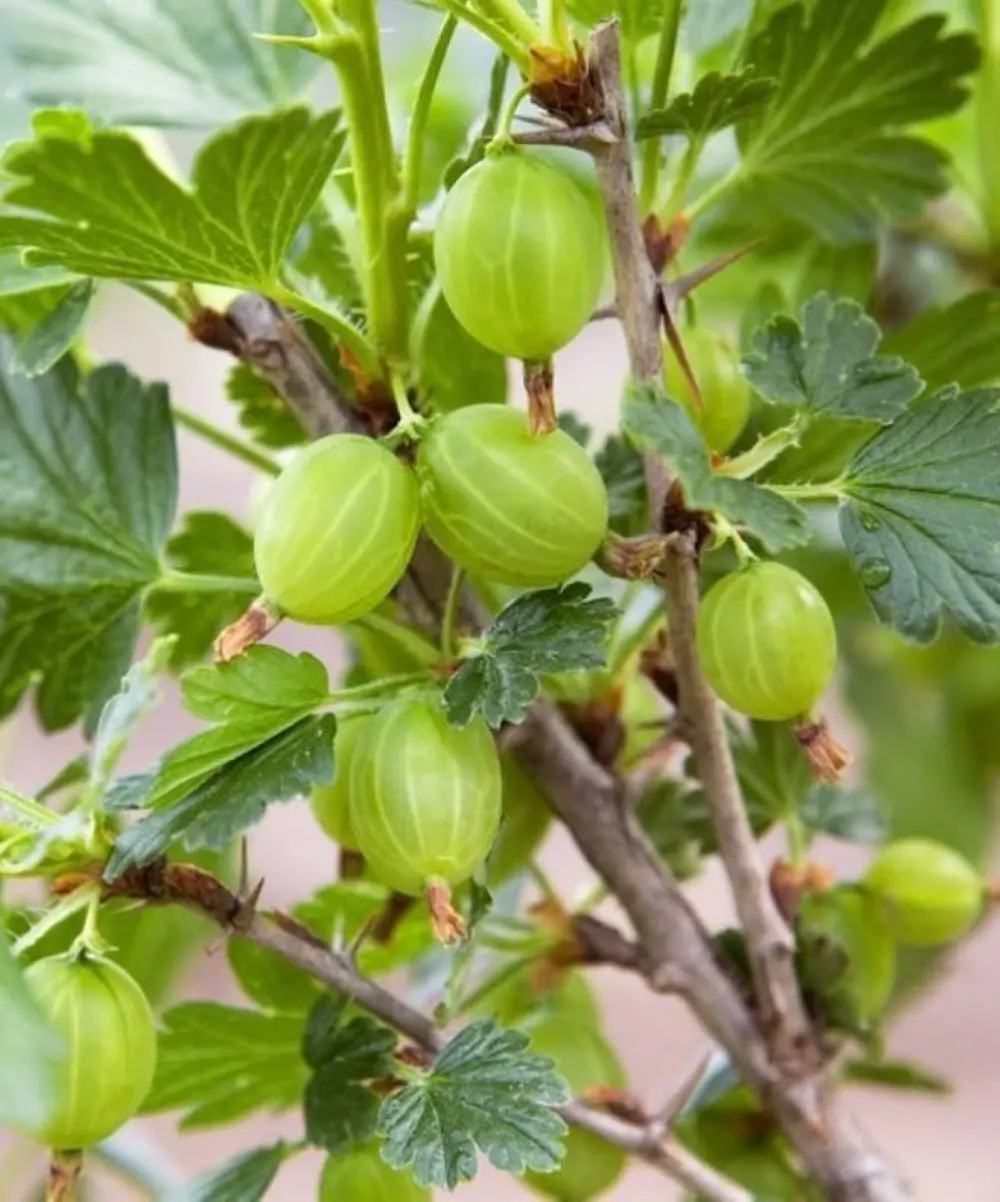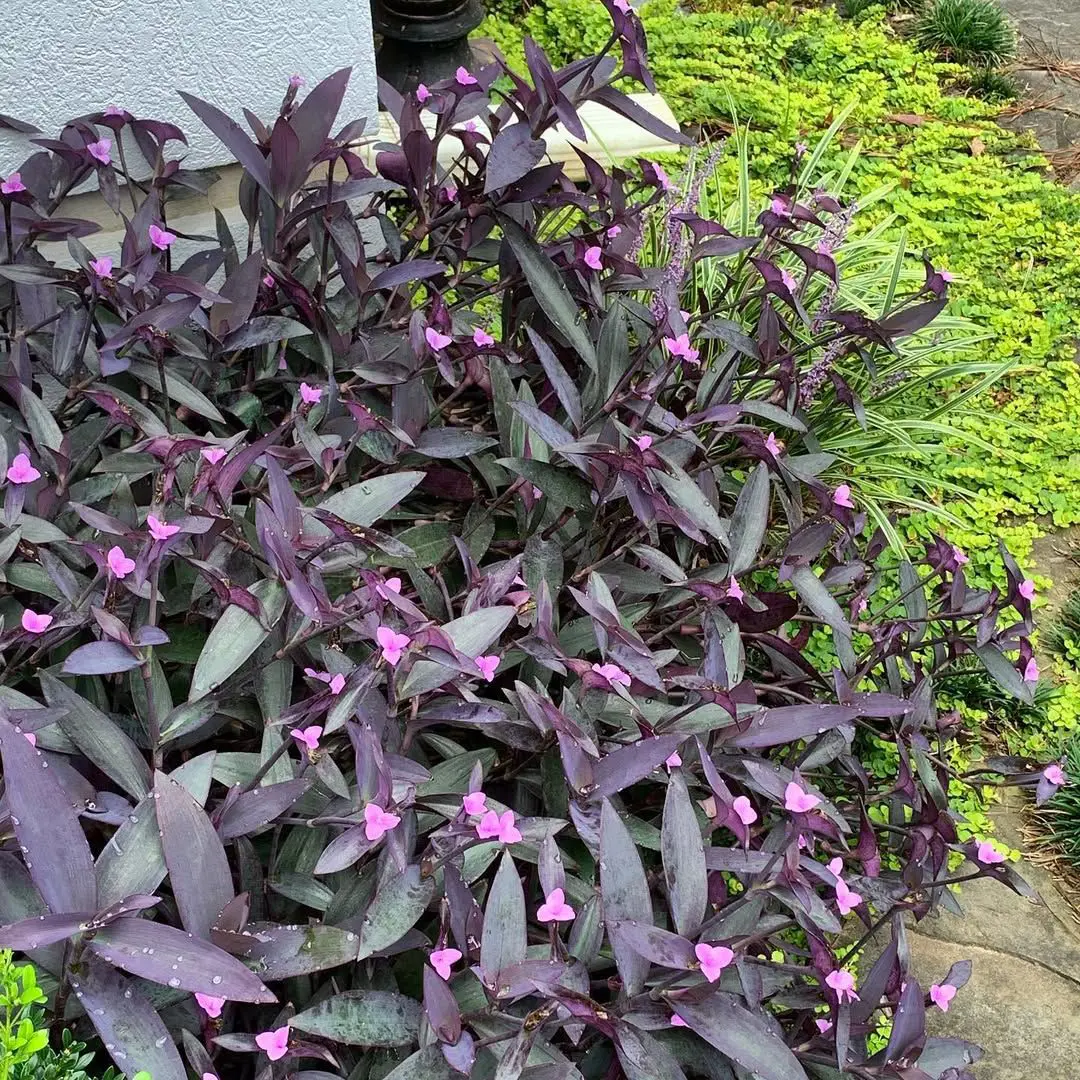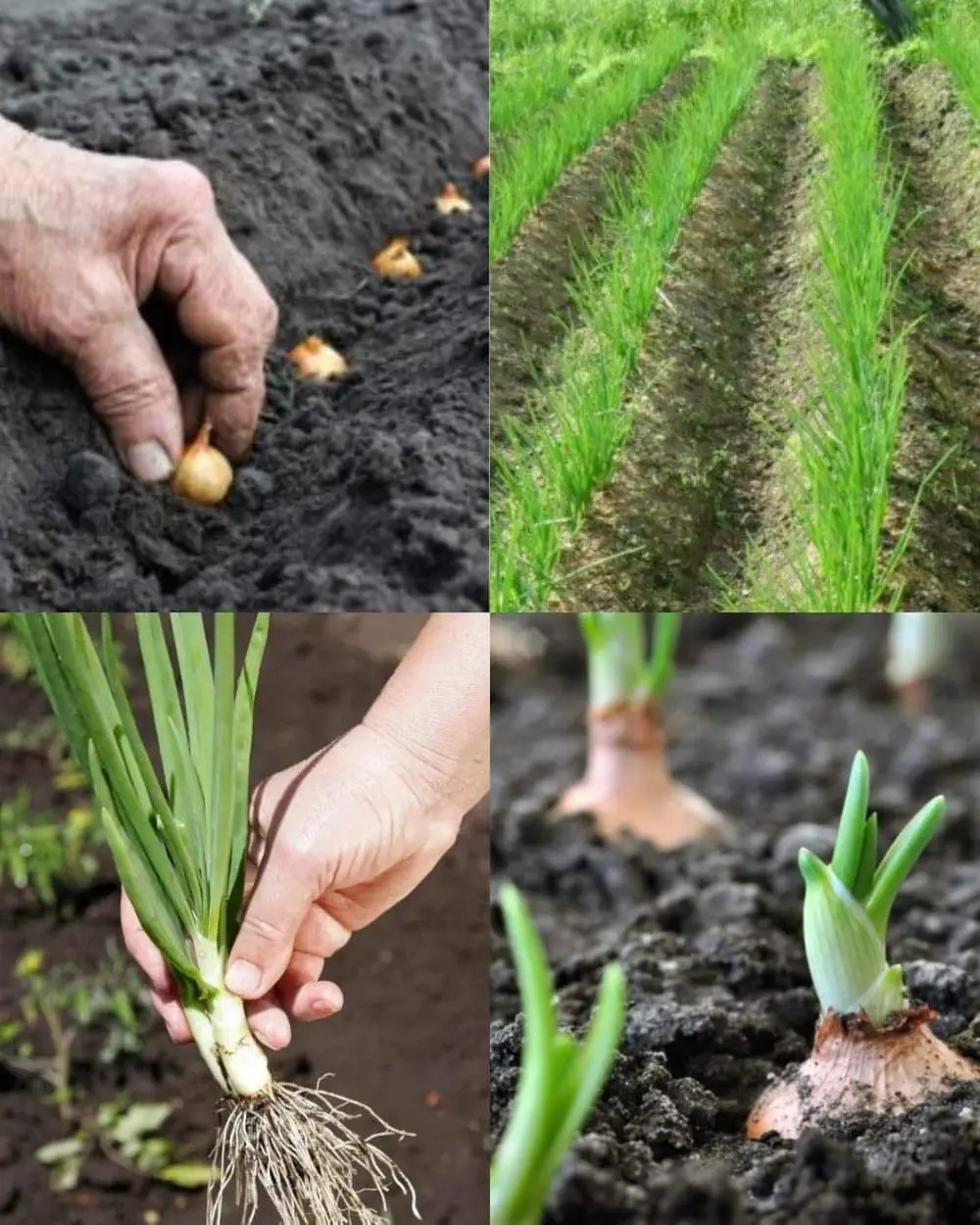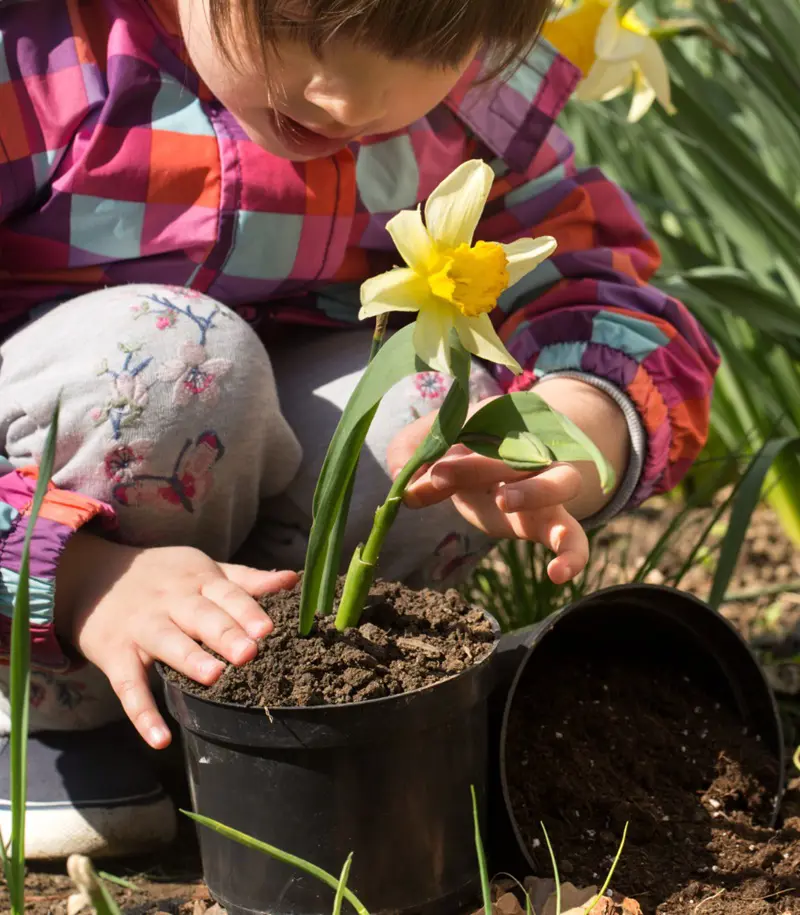When and Where to Plant Echinacea
The best time to plant echinacea is either in spring or fall.
Spring
Spring is the best time to plant echinacea. This is when the soil is moist and temperatures are cool. These conditions are perfect for establishing a strong root system before the summer heat arrives.
Spring planting minimizes transplant shock and reduces plant stress by harsh summer conditions. Aim to plant them after the danger of frost has passed and the soil temperature has warmed to at least 65°F (18°C).
Fall
You can also plant echinacea in the fall. Planting in the fall enables natural stratification before winter, enhancing germination rates for certain Echinacea varieties. This timing also allows the plants to develop roots before winter, resulting in healthier plants in the spring.
Ensure they are planted six weeks before the first frost to allow adequate rooting time. Although fall-planted echinacea might not bloom the following year, they will be well-established and ready to bloom in the second year.
Where To Plant
Echinacea needs certain conditions to thrive, so they should be planted where these conditions are met. These conditions include:
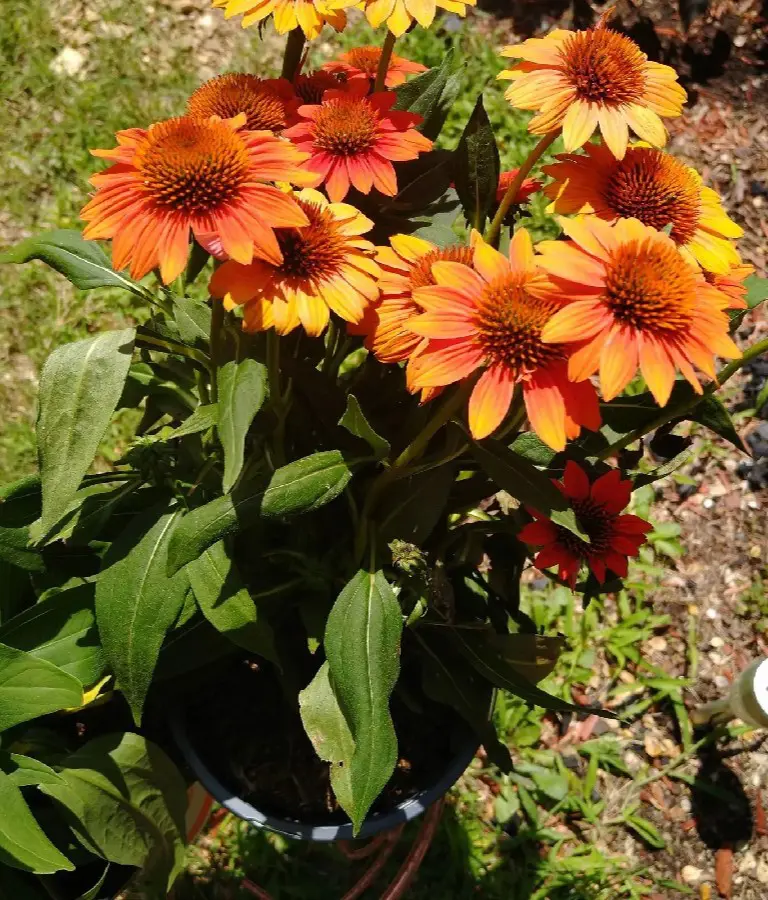
Sunlight
Echinacea are sun-loving plants, meaning they need at least 6 to 8 hours of direct sunlight daily. This sunshine promotes optimal growth, flowering, and overall plant health for echinacea.
If full sun is not possible, they can tolerate partial shade, which means receiving around 4 to 6 hours of direct sunlight daily. However, plants in partial shade might produce fewer flowers than those in full sun.
Soil
Echinacea are not fussy with soil, but there are a few requirements. Here is a breakdown of its soil preferences:
Ideal Soil Conditions
Echinaceas need well-draining soil because if the soil does not drain properly, it becomes waterlogged. Echinacea dislike waterlogged soil as they can suffer from root rot. Sandy loam is ideal, but other well-draining mixes work too.
These plants can tolerate various soil qualities, from average to even poor soil. However, richer soil will lead to more vibrant and abundant blooms. Also, echinacea prefers a slightly acidic to neutral soil pH, ideally between 6.0 and 7.0. However, they can tolerate a wide range between 5.5 to 7.5.
Improving Drainage
If your soil is heavy clay and not draining well, amend it with sand or compost. This amendment will help create a looser structure that allows water to drain effectively.
Airflow
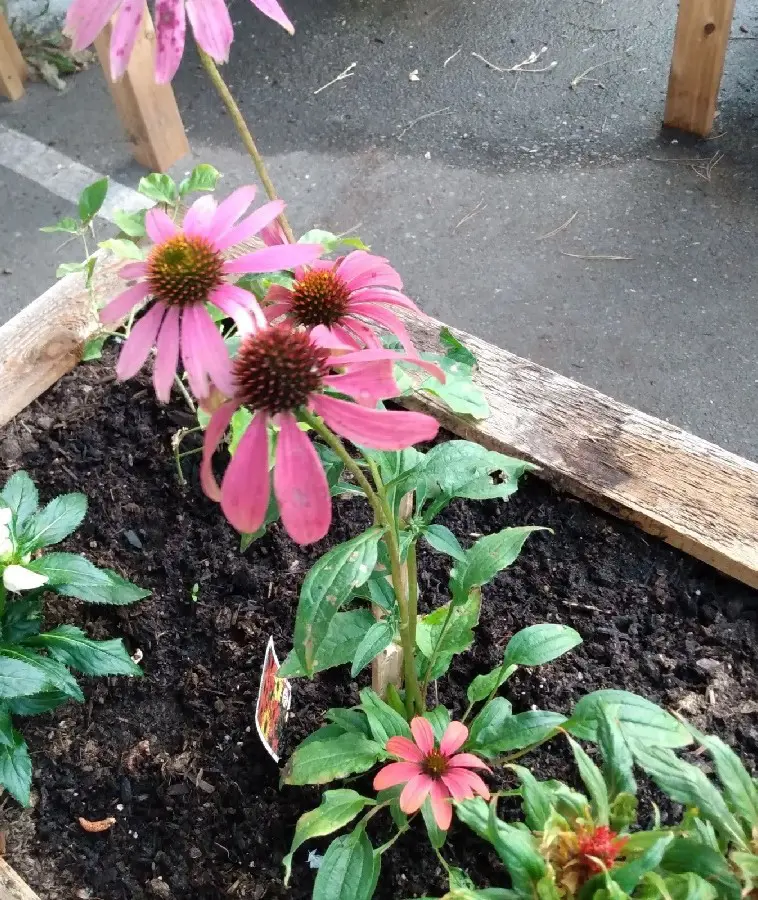
Echinacea benefits from good air circulation. It helps prevent fungal diseases caused by spores that thrive in stagnant, humid environments. By allowing air to circulate the plant, moisture evaporates more readily. This environment is less hospitable for harmful spores.
Airflow also helps to strengthen the stems of Echinacea. The gentle breeze encourages them to develop thicker, sturdier stems to support their weight.
How to Ensure Good Airflow
When planting Echinacea, follow the recommended spacing guidelines. This spacing allows for adequate air circulation between individual plants.
Do not overcrowd Echinacea with other plants, as it can restrict airflow and create a more humid environment.
Humidity
When planting and growing echinacea, you also need to be aware of the humidity levels. These plants can tolerate a wide range of humidity levels, from average to low humidity, but cannot tolerate excessively high humidity.
High humidity with poor air circulation can create ideal conditions for fungal diseases like powdery mildew. If you live in a humid climate and are worried about fungal diseases, ensure good air circulation for your echinacea by proper spacing, avoiding overcrowding, and deadheading spent flowers.
